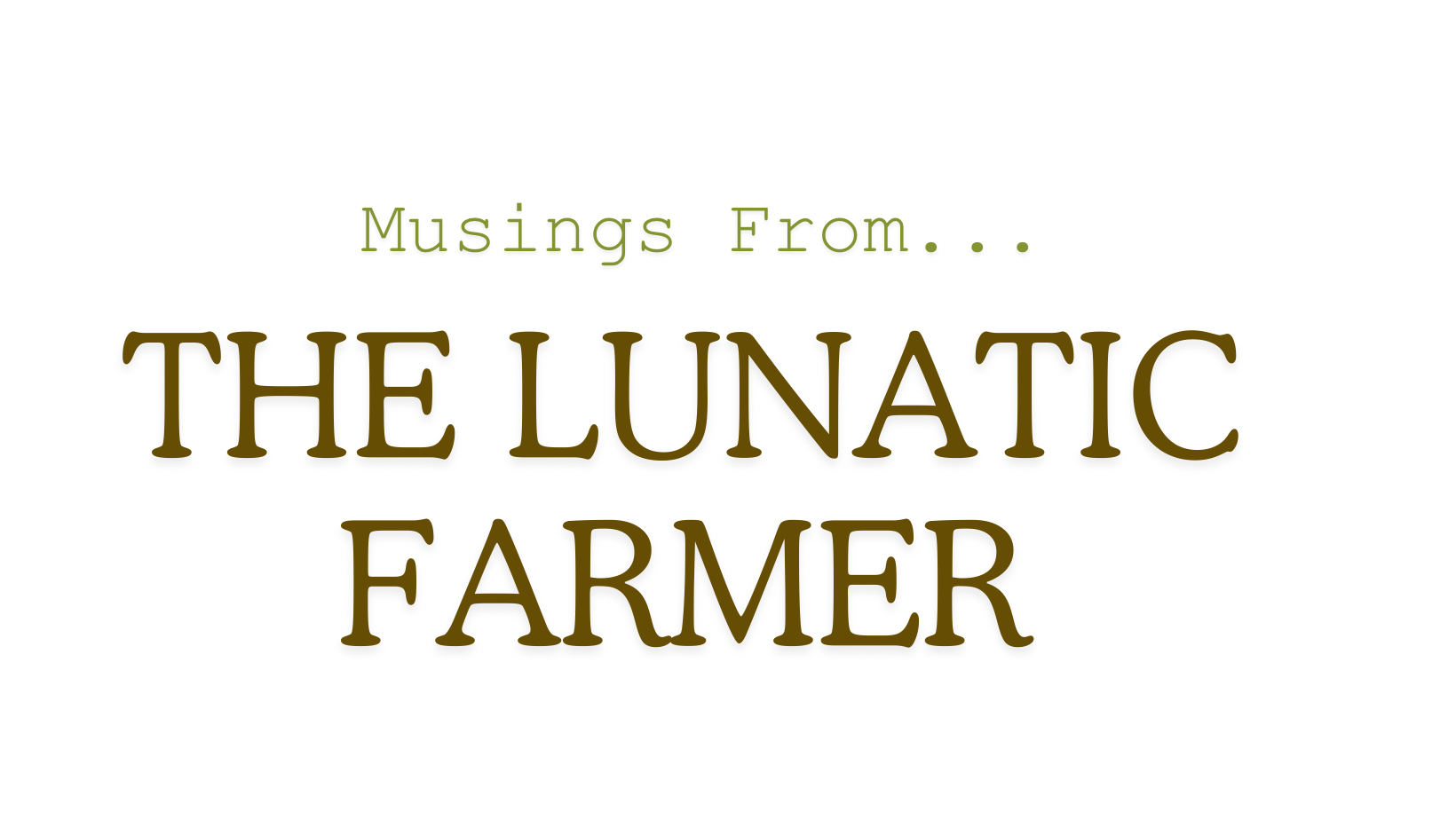FOAMING CHICKENS
What do you think that is? Go ahead, take a minute and think: what is foaming chickens?
Pause . . . . .. Think. . . . . Got your answer?
Okay, here we go. A trio of Pennsylvania farmers visited me last week and said 6 neighboring farms were foaming chickens. Like you, I had no idea what that meant. No condescension here. I'm learning a new vocabulary too.
So let's get a bit of context. If you're up on the news, you know that experts are projecting meat shortages in grocery stores within the next two weeks. That's because many of the largest meat processing plants in the country are shut down due to coronavirus.
Think about it, folks. These 3-4,000-person plants, with work stations as close together as seats on an airplane, in constantly damp, cool conditions, are the ONLY place in the U.S. right now where large congregations of people occur. We've shut down schools, theaters, resorts, stadiums, churches, weddings, funerals, offices, restaurants.
The only place where this many people congregate all day every day in this close proximity is large processing plants. It's no wonder these are the only rural vectors for the virus. Otherwise, it's largely an urban phenomenon. These plants now have hundreds of sick workers and hundreds more afraid to come in. They're shutting down not by regulation but by simple logistical constraints.
Think about the food chain. These chickens heading to processing were hatched prior to the pandemic. Now the processing plants are shutting down, which means there is no place to go with these chickens. The margins and protocols are too tight to just feed them an extra month. They need to go now. But there's no plant to take them.
Enter the solution: FOAMING CHICKENS. A dead chicken is a lot cheaper to keep than a live chicken. So when you're trying to cut your losses, you want dead chickens, not live chickens. How do you kill 15,000 chickens in a factory house? The industry and their friends at the USDA have figured out the cheapest and what is considered the most humane approach: foaming.
What they do--and I just learned this a couple of days ago from these farmers--is they close up the house as tight as they can. Close the curtains, shut off the ventilation fans, button that puppy down as tight as possible. Then they pump in what looks like soap bubbles. It's not, but that's what it looks like. The foam fills up past the birds' nostrils and suffocates them. It's fairly rapid and it's extremely effective; no escapees. No toxins, poisons, or hazardous materials.
There you have it, a new phrase for your chicken lexicon: foaming. If the store shelves run empty, it won't be because farmers are holding back on production. It won't be because the grocery store wants to make life difficult. It'll be because of a glitch at the processing stage of the food chain. All those chickens are discarded, of course. And the glitch, mind you, is a direct result of size. In the name of efficiency, we've giant-sized everything to the point of fragility.
What's the answer? The answer is thousands and thousands of decentralized democratized small facilities scattered over the landscape located nearer the farms and nearer the markets. An imbedded, integrated system that may not be the most efficient, but is certainly the most resilient. That is exactly the model used and prescribed by Polyface. You can stop clapping now. Small is still beautiful.
How big is the processing plant preparing your chickens?
